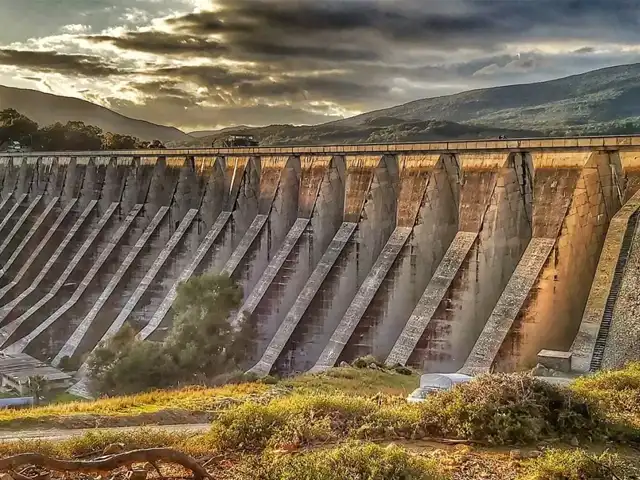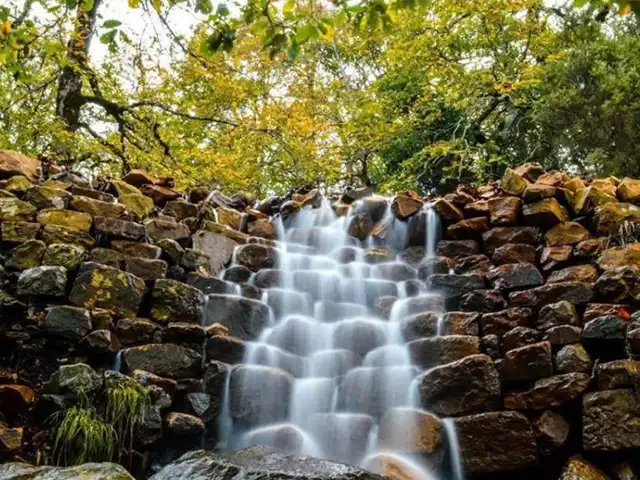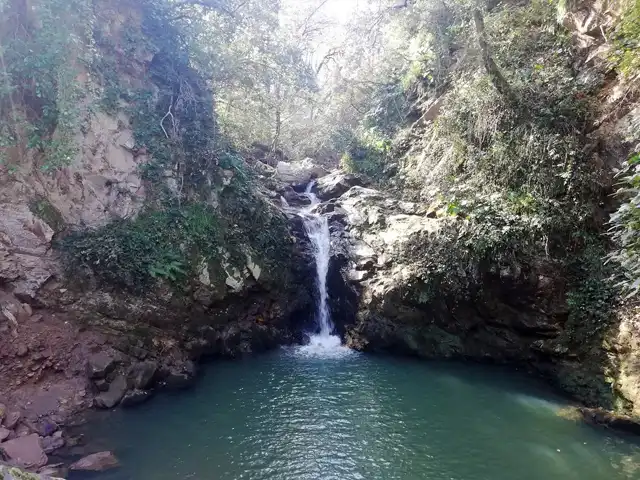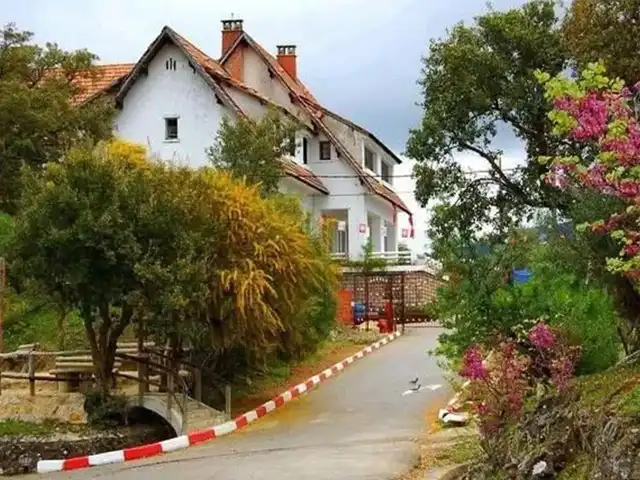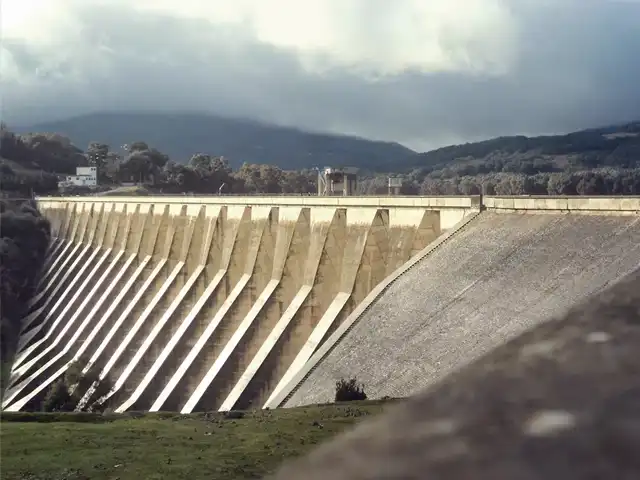Beni Mtir or Beni Metir
Beni Mtir or Beni Metir is a village in northwestern Tunisia located in the mountainous region of Kroumirie a few kilometers from Aïn Draham.
Beni Mtir is on the territory of the confederation of Berber tribes of Kroumirs. Located 650 meters above sea level and attached to the governorate of Jendouba.
Beni Mtir is the least populated municipality in the country with a population of 784 inhabitants in 2014, mostly made up of young people, living mainly from jobs provided by the Tunisian Electricity and Gas Company and the National Operating and Distribution Company. waters. It is attached to the Fernana delegation.
Built in 1948 to house the engineers and workers who came to build the Beni Mtir dam that the village overlooks, the town has retained its original and typical architecture following a municipal decree: tiled roofs and identical facades with black shutters and frames red.
A pilot spa project, supported by the European Union, is being studied in the context of ecological tourism thanks to the presence of a hot spring – called Hammam Salihine – which is, at 73°C, hottest in Tunisia and one of the hottest in the world. It is known for its healing properties for rheumatic, inflammatory and epidermal diseases.
The first Council of Ministers held outside the presidential palace of Carthage in 1958 took place in the chalet which houses the offices of the municipality. In addition, it is here that an orphanage was born with the help of Unicef.
The village appears in Françoise Gallo’s documentary, Stessa luna (2006), which evokes a moment in the director’s life in this village during the construction of the dam.
Beni Mtir in pictures
